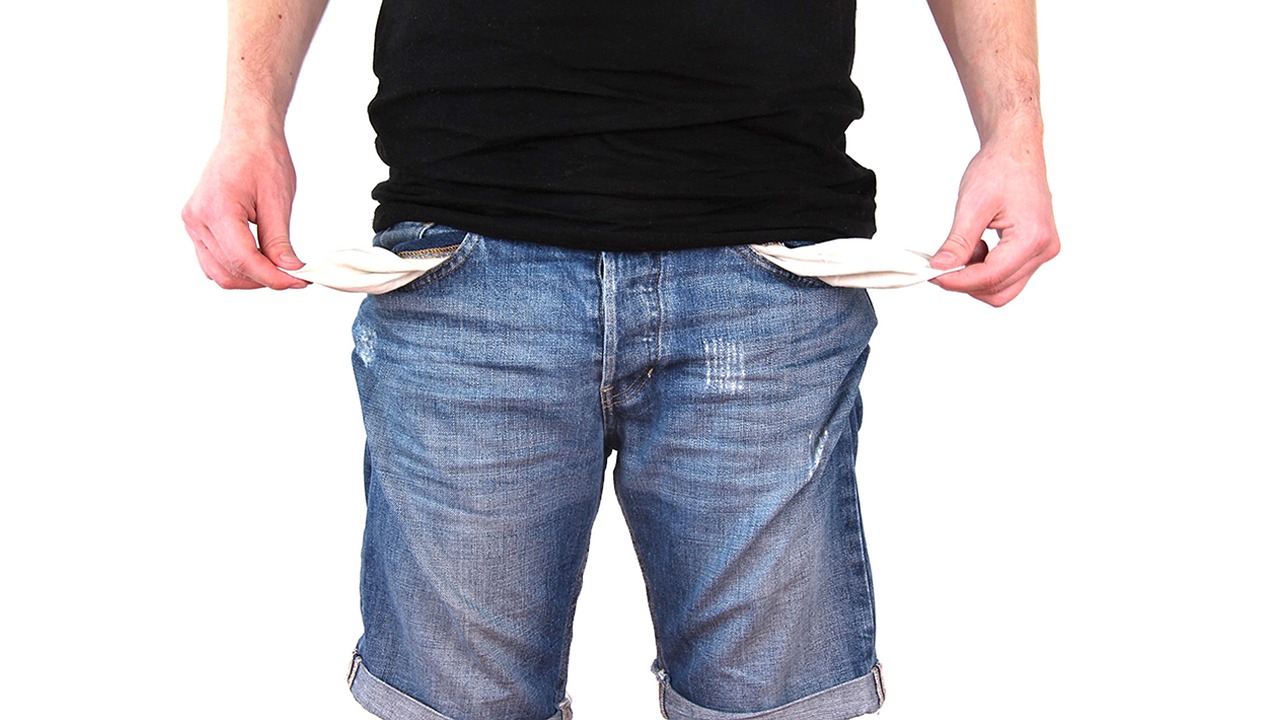The middle class has always been the driving force of the American economy. If it were decades ago, this would still be true. However, things have changed and the middle class is not what it was. Though we might be quick to throw blame at large corporations and the government, we also have a part in this state of affairs. Several challenges such as stagnant wage growth, widening income inequality and poor saving habits among others have contributed to the shrinking of the middle class. In short, debt is growing.
IMAGE: PIXABAY
The Average U.S Household Is Taking On More Debt
Over the last decade or two, the middle class has taken up debt in levels that have not been seen before. A survey carried out by the Federal Reserve on consumer finances shows that by 2010, Americans had hit about 140% of annual household income in debt. Total household debt shows that a large number of people in the middle class are actually steeped in debt that may take well into retirement age to pay off. After the great recession, household debt, which includes student loans, mortgages, credit card loans and car loans, went down.
However, soon after we all fell into a bad pattern of accumulating personal debt into the trillions. America’s debt has hit a high that was hitherto the stuff of economics textbooks. At current, Americans have accumulated debt to the tune of over $13 trillion, going over the past record which was $12.7 trillion by 2008, according to the New York Fed.
The Student Loan Bubble About To Burst
Student loans are one of the avenues through which American accumulated debt in astronomical numbers. Student debt in America has hit $1.5 trillion, which is much higher than any other kind of consumer debt. It is astounding to think that we owe more for student loans than we owe for our cars or mortgages.
The number is disconcerting and that string of zeroes basically means that each person owes $3,800. With such figures, the most affected of all are the millennials, who are increasingly finding it hard to break into the middle class. With more kids streaming into higher learning institutions in response to the government’s intent of making it all possible for every American, the model seems to be on the brink of breaking down.
According to John Zurick, the CEO and president at American Student Assistance, a non-profit based in Boston, 70% of millennials are still paying student loans. Considering there are 54 million from this age group in the American workforce, it is quite a lot of people.
Living Beyond Means
When having trouble with your creditors, you wish you could close your eyes and make everything okay. However, the sad news is that we might be in for more debt in the coming years. According to John R. Salter, a professor of financial planning at Texas Tech University, a trend of rising debt is to be expected. Most people these days feel more comfortable taking on more debt because most in professional spaces are more motivated to go for higher raises.
Besides, the cost of living has increased. Statistics from NerdWallet show that the cost of living in the U.S rose by 29% since 2003. This has led to another kind of problem, which is Americans living on credit cards. The typical American uses a credit card to cover almost every part of their spending including food and clothing.
What To Do With Burgeoning Debt
Though the middle class has been shrinking steadily, it is not all bleak. There is a lot of people who may have dropped out from the middle class but there is some good news. According to NPR, there are more people moving to the higher income category than before.
According to DebtConsolidationUSA.com, there are ways in which we can keep things improving. First off, some changes would have to take effect. This is particularly in managing debt.
One good way of doing it is actually seeking the help of professionals. Though the midnight infomercials claiming to reduce your debt by 60% may have lost popularity, there are better ways to do it.
A structured plan could set you free from debt in less than a decade. These are organizations that can help you get a smaller interest rate than you are paying at the moment. Once the organization finds you reasonable interest rates, it then collects a single payment that is disbursed to all your creditors.
If you are interested in even more business-related articles and information from us here at Bit Rebels then we have a lot to choose from.


COMMENTS